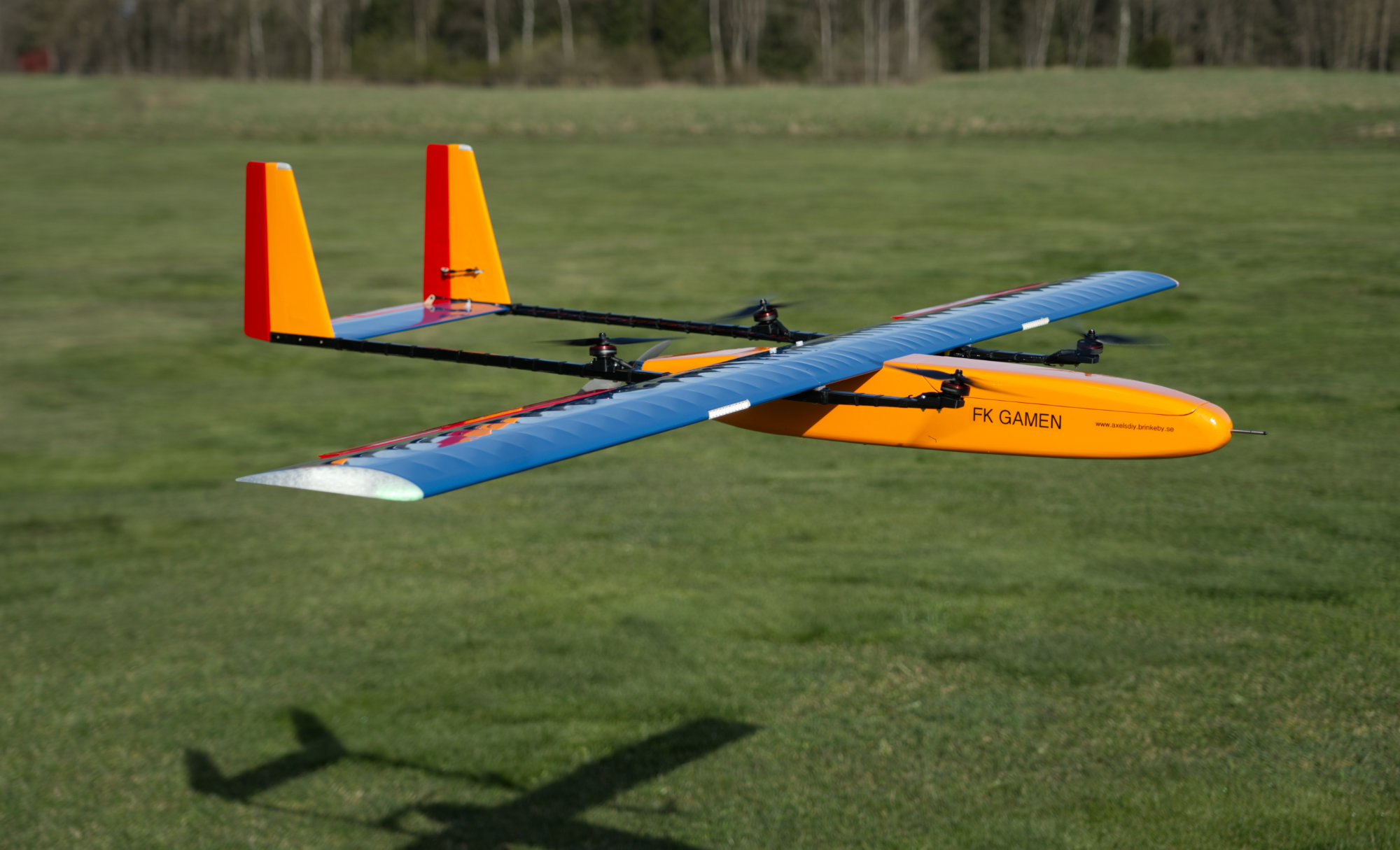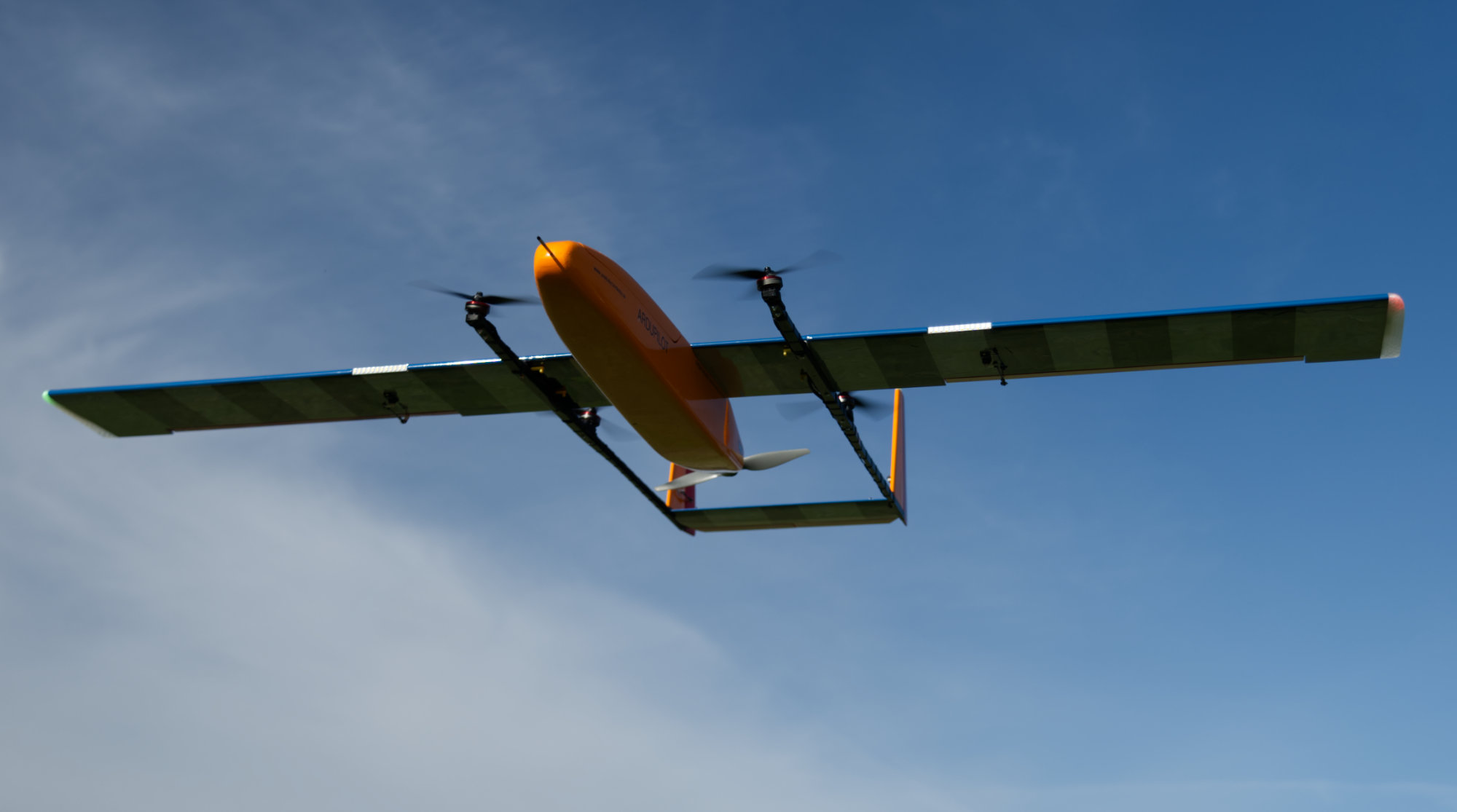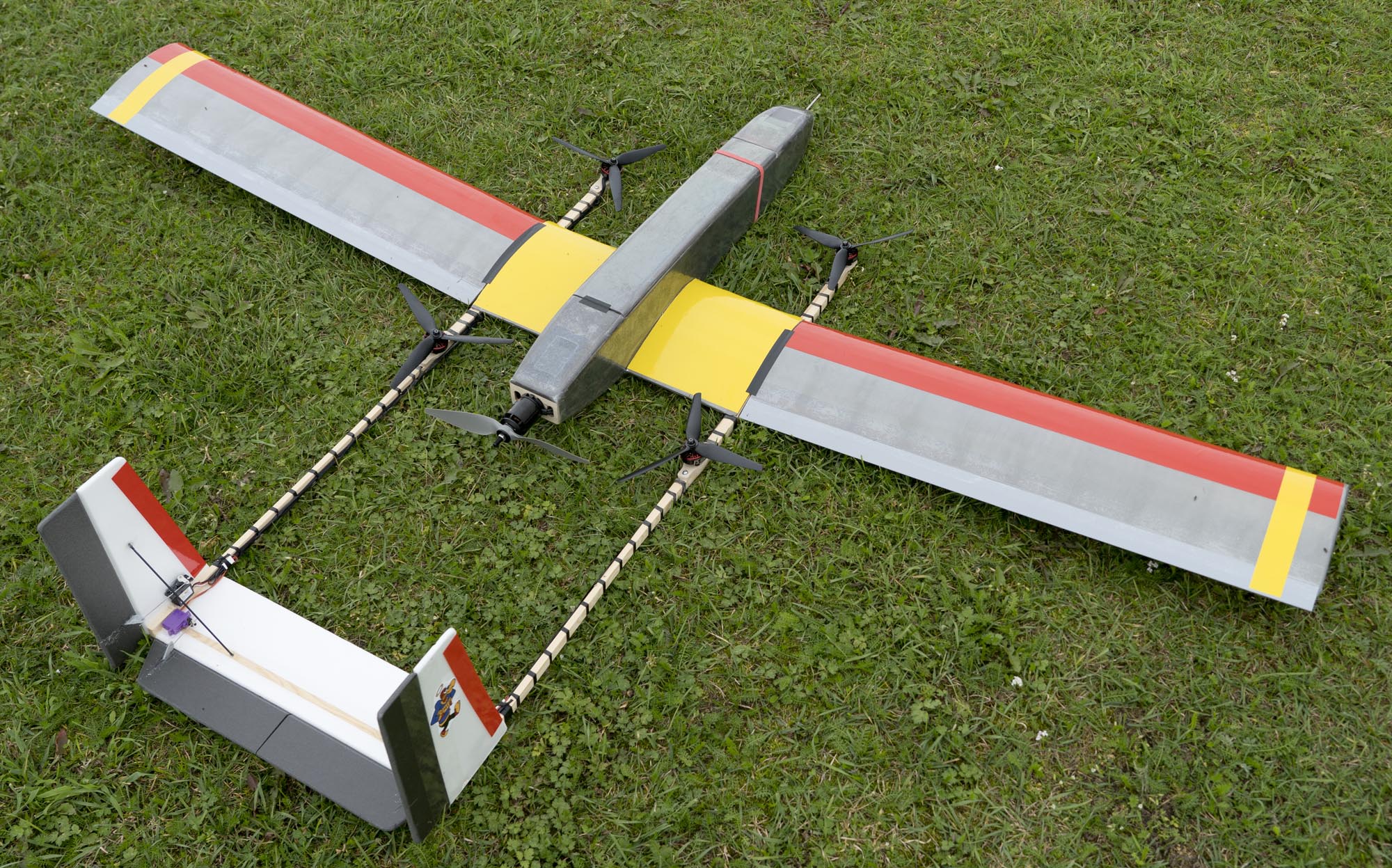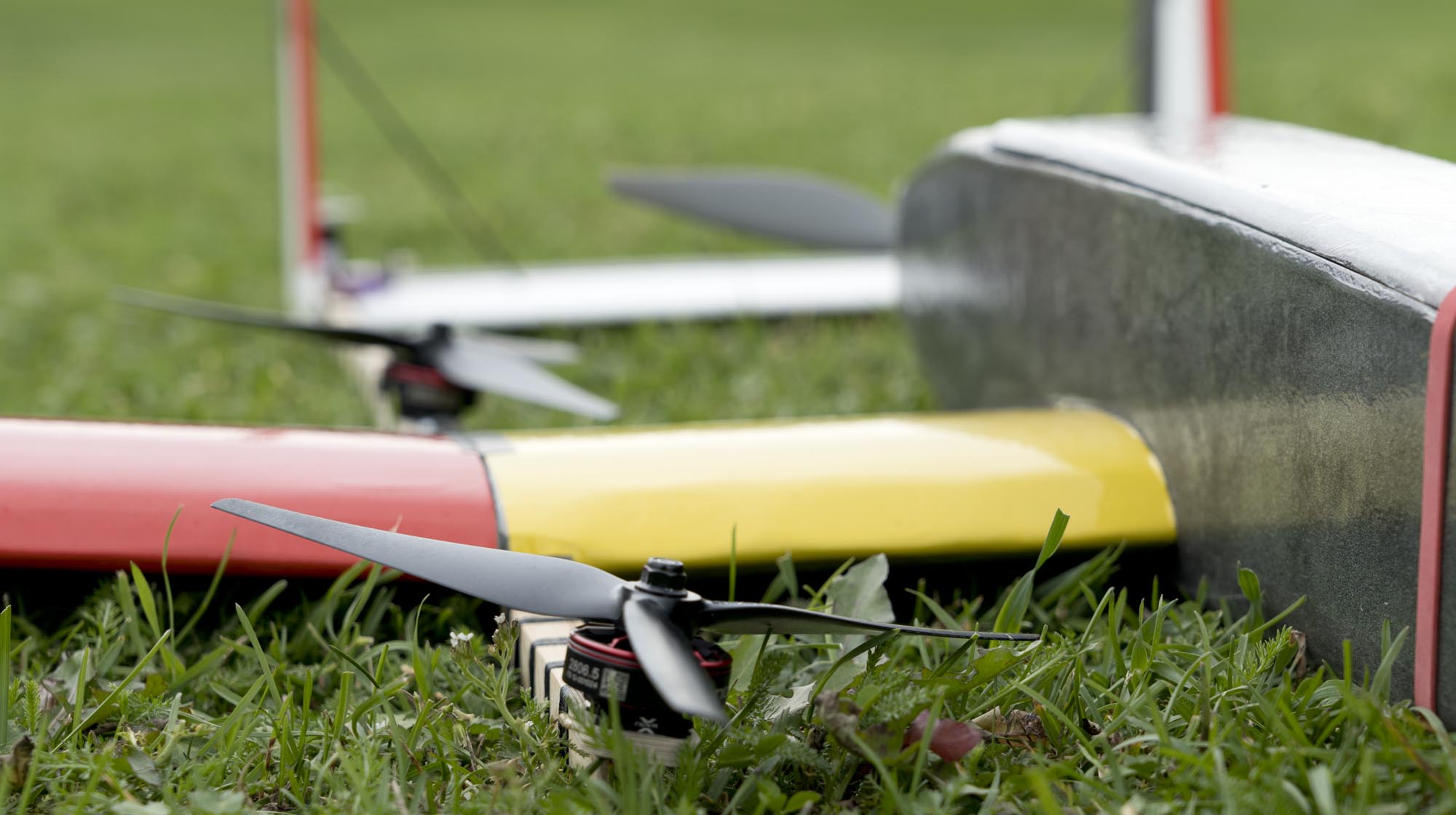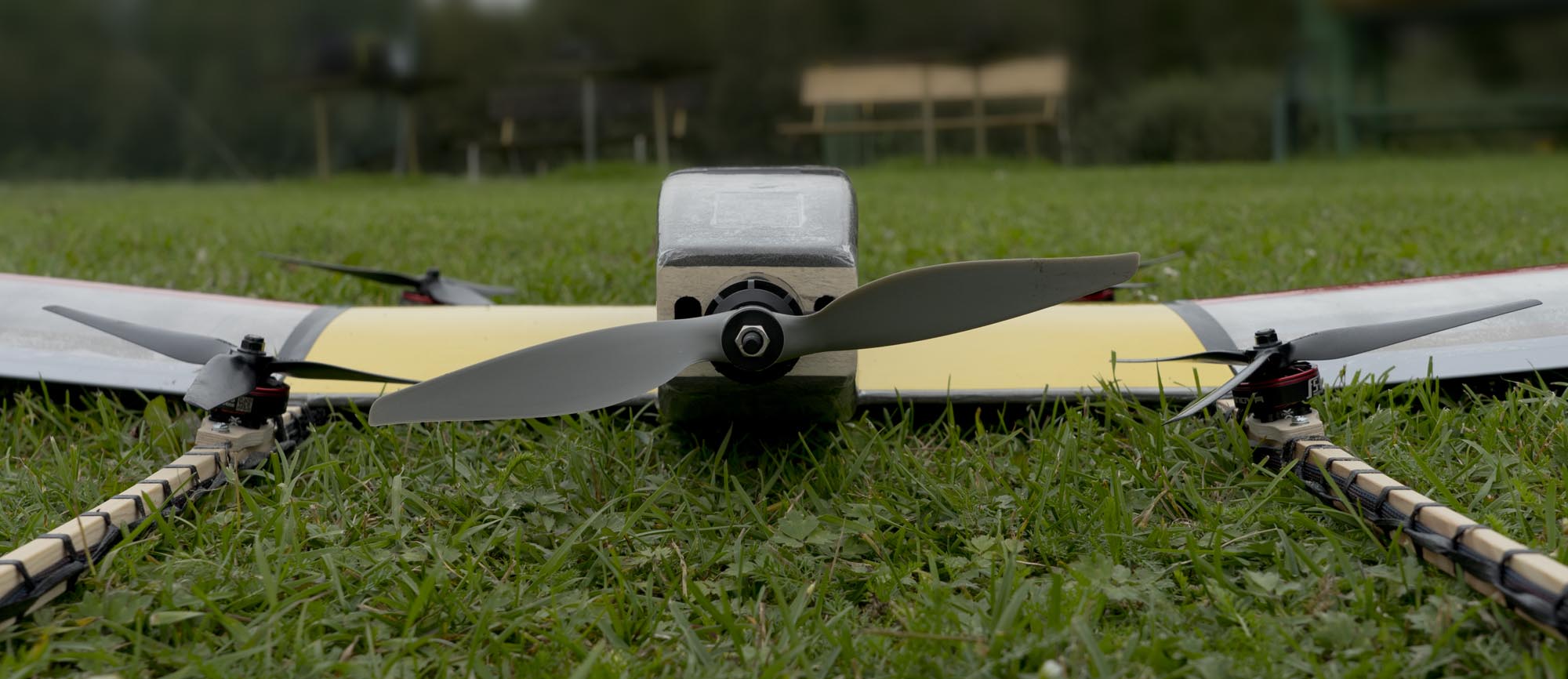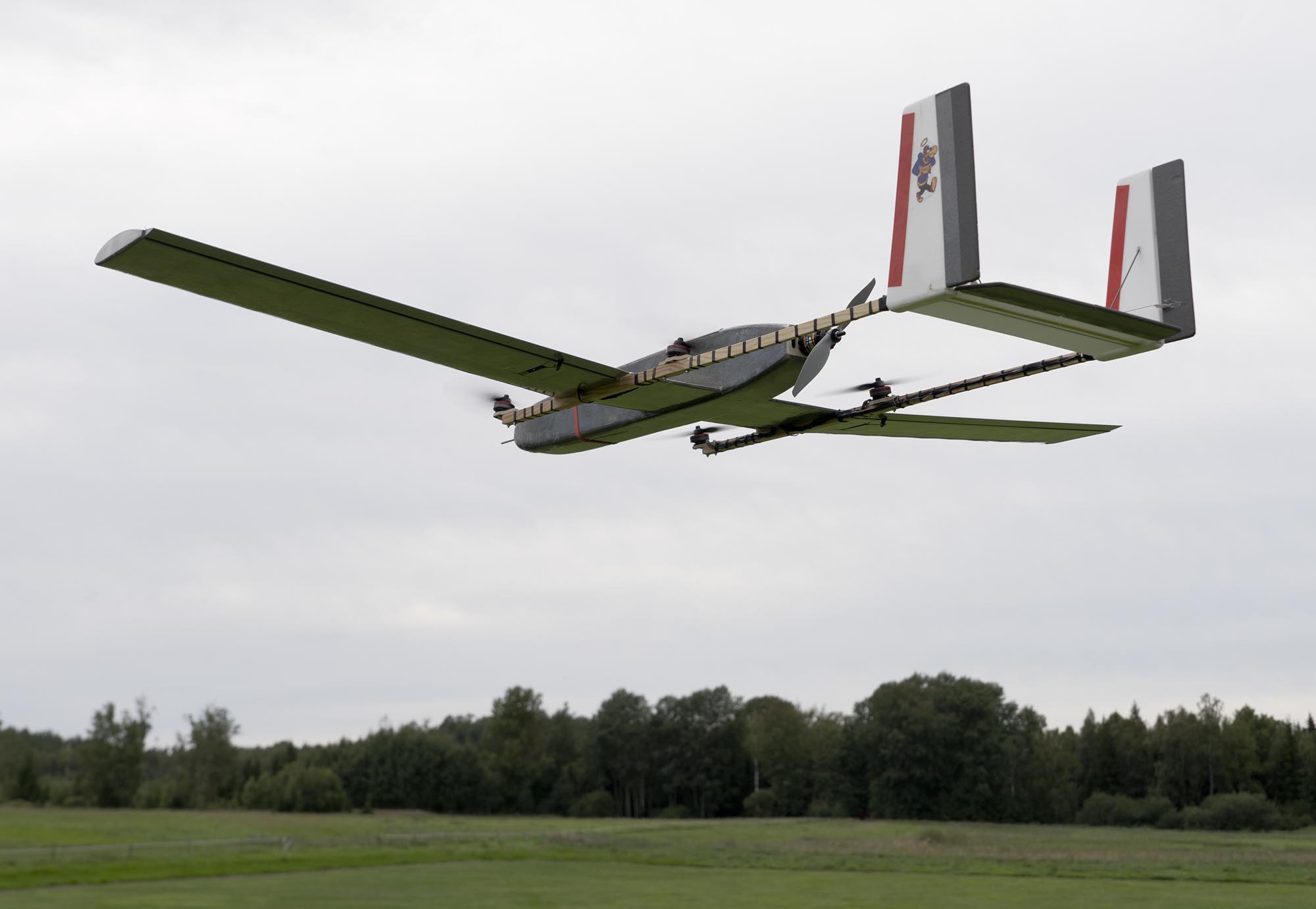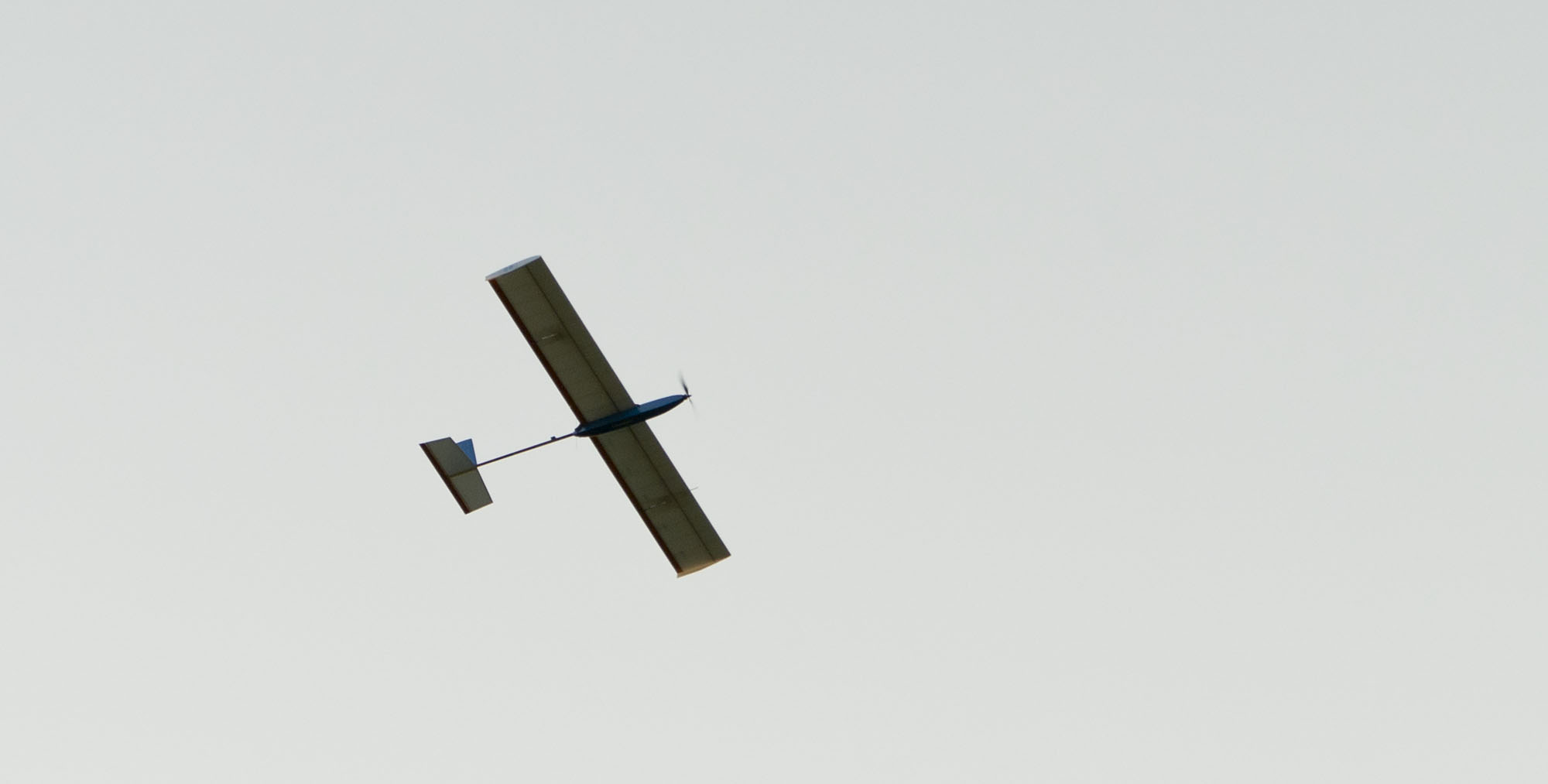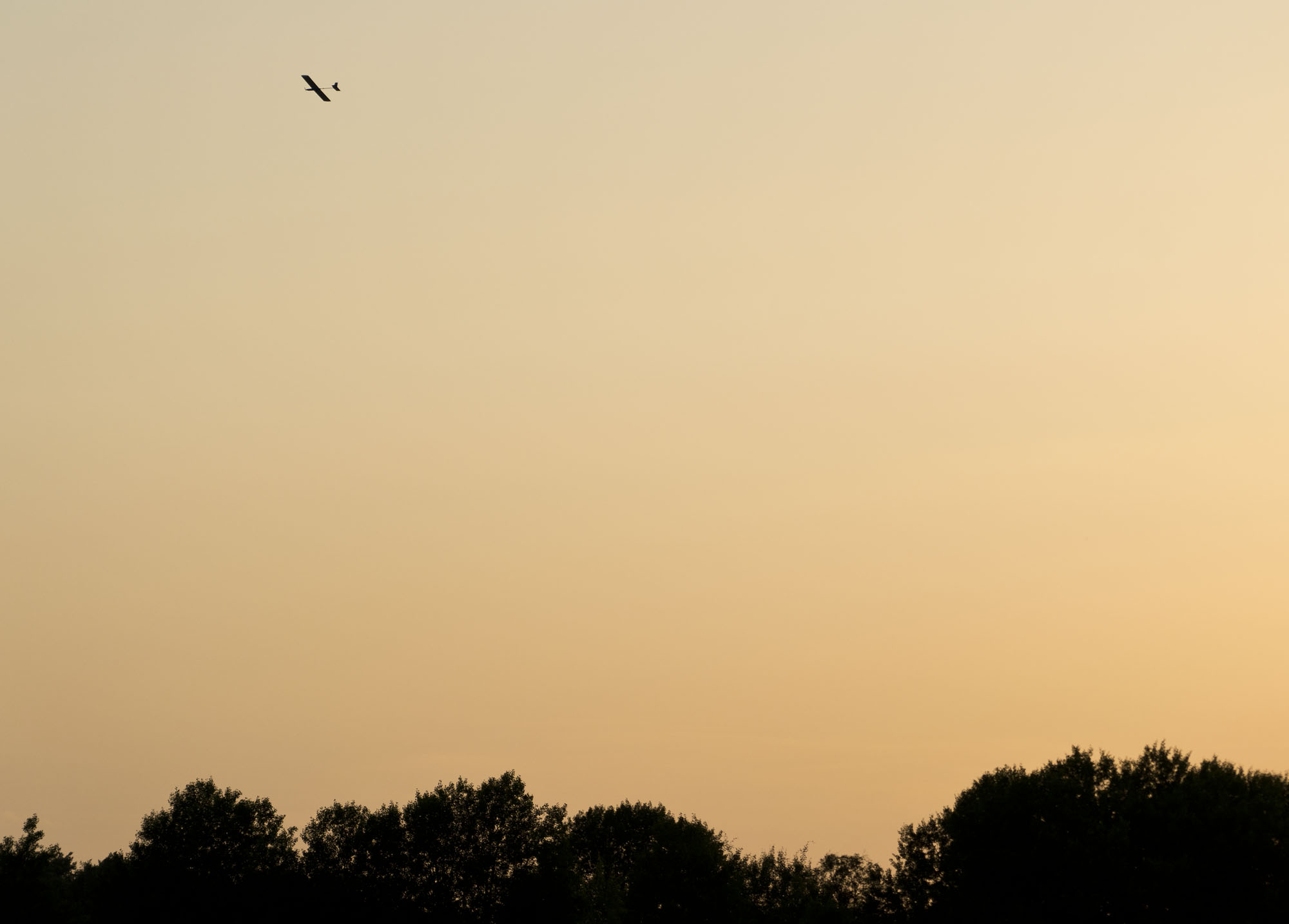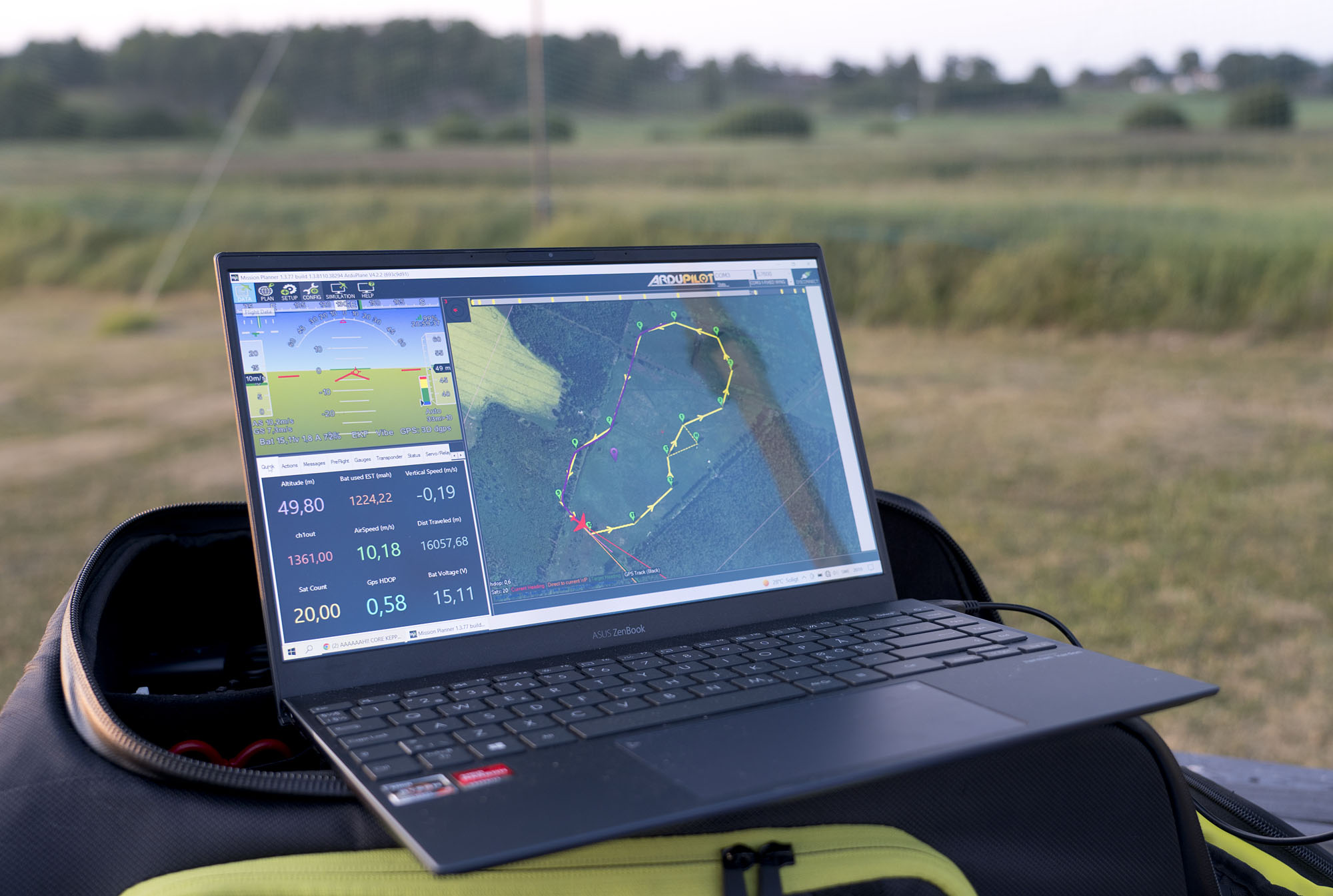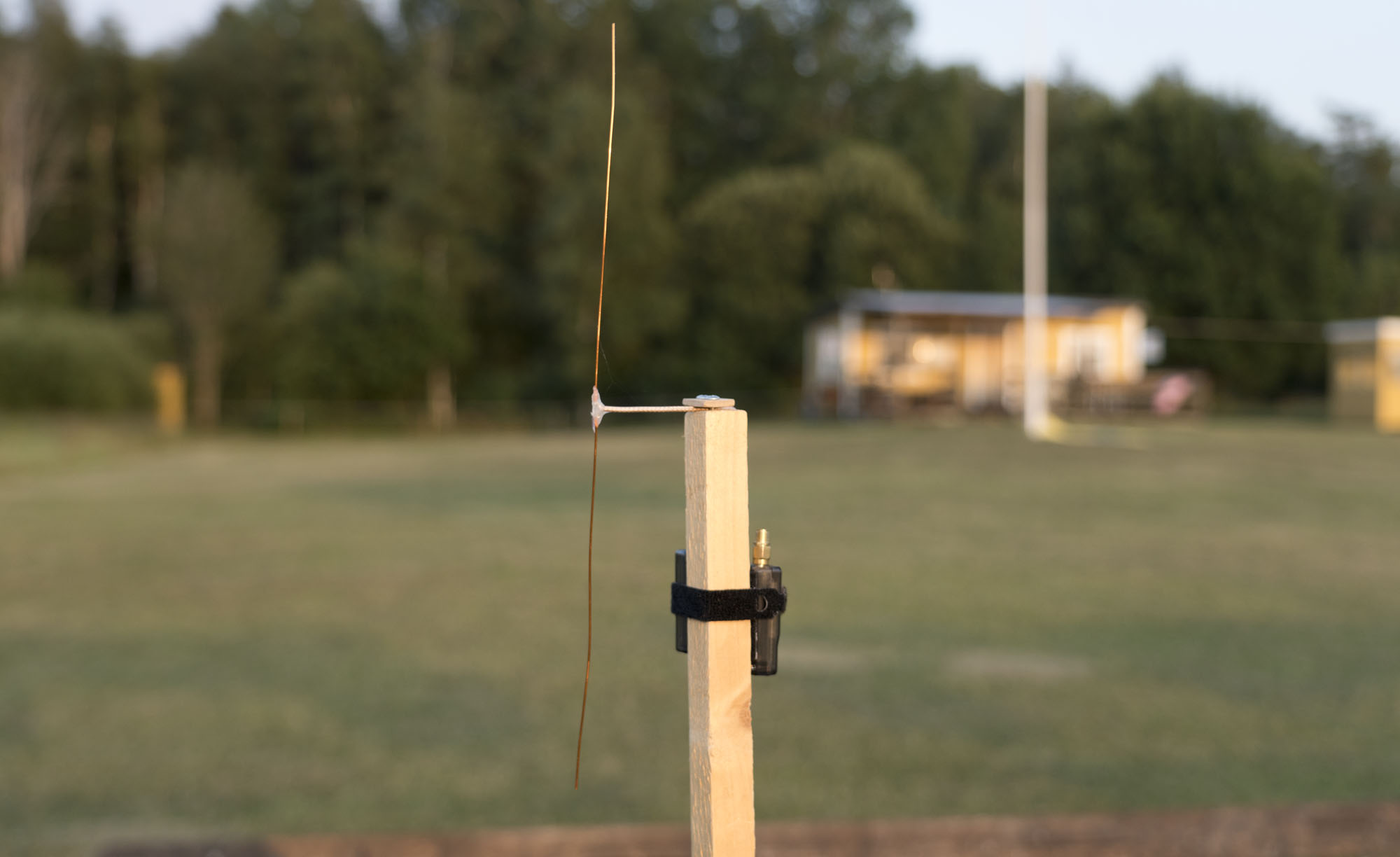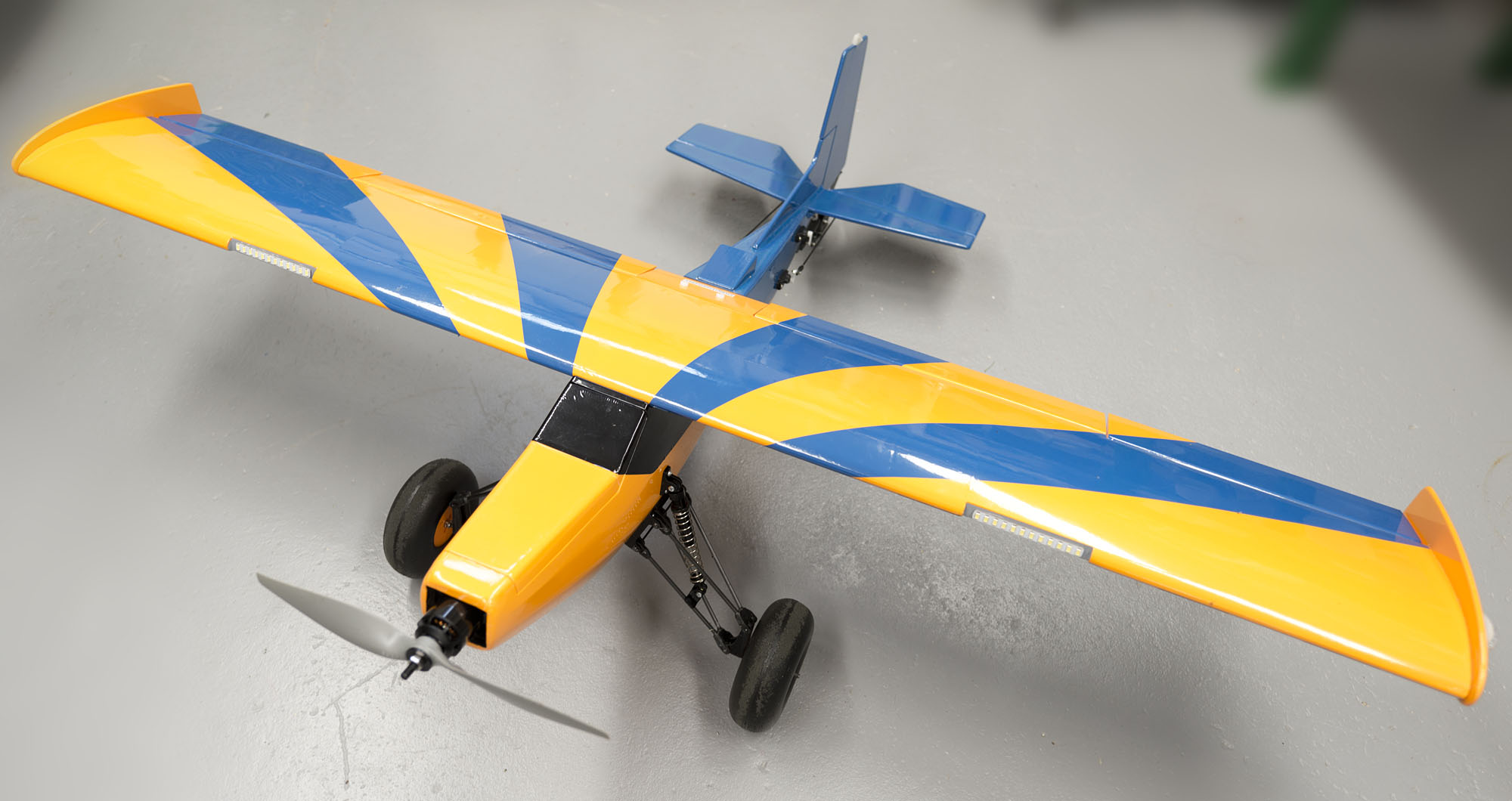At the beginning of 2024, I built a new VTOL plane. I always intended to make a better plane using what I learned from building the first experimental one.
This new VTOL plane is made from traditional balsawood construction. The proportions are roughly the same. Wingspan is slightly larger. The airframe is more rigid.
This video was filmed in the spring of 2024. The plane did have some problems: It barely had enough thrust to hover, and there were also compass problems. Because of this, I did not fly it very much during 2024. It flew great, but it did not feel very reliable.
The plane is now being modified and improved for the next flying season. My intention now is to fly the aircraft on a 6S LiPo battery instead of the two 4S Li-Ion batteries I used before. This will give it a lot more trust during hovering, which also improves control and reliability. To do this, I need to replace the propulsion motor and ESC. I will probably also need to move the compass. It is mounted in the front of the fuselage now, and the high current in the battery cables nearby is a problem, even with calibrated current compensation for the compass.
